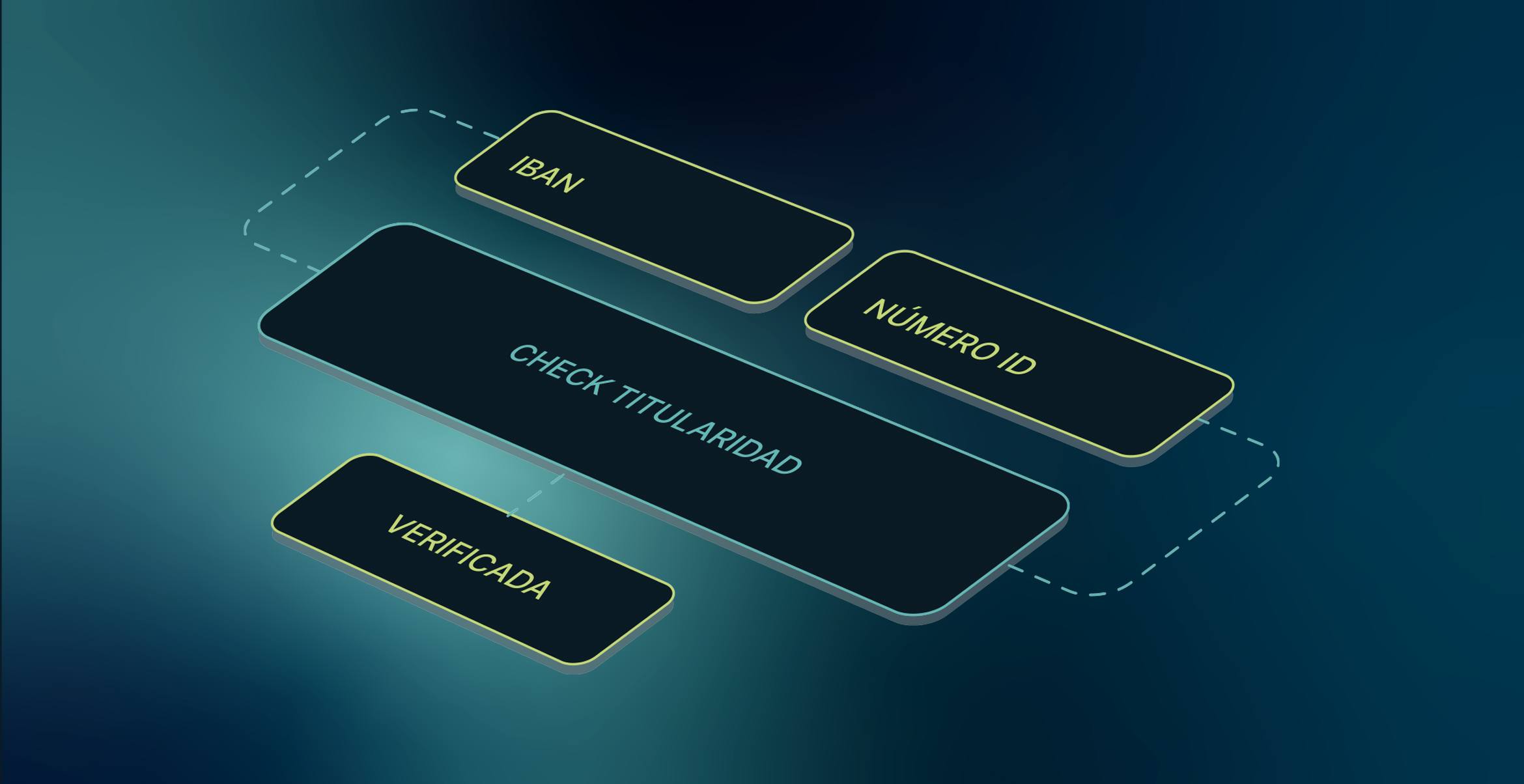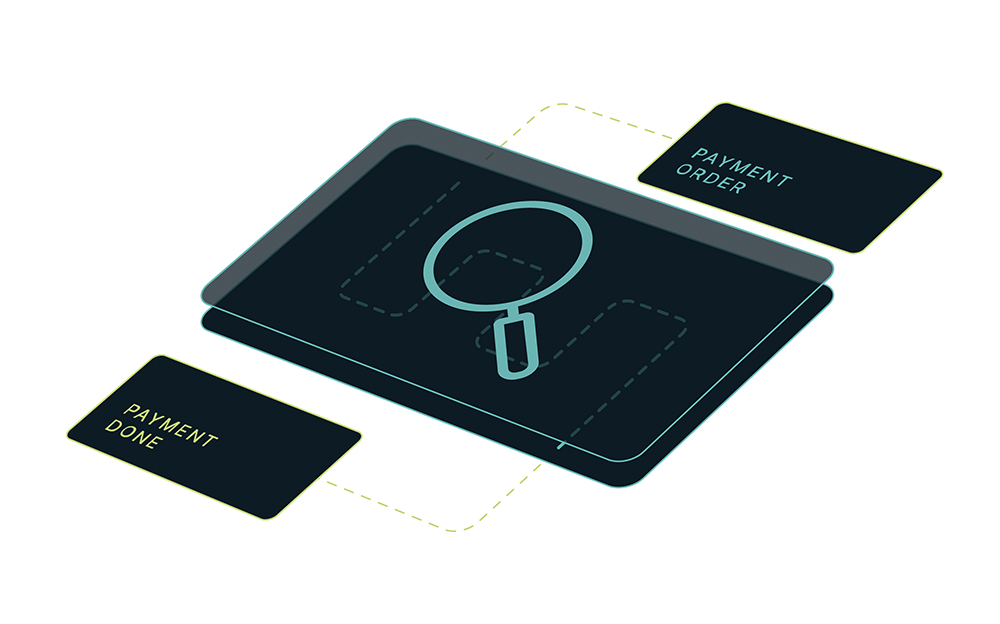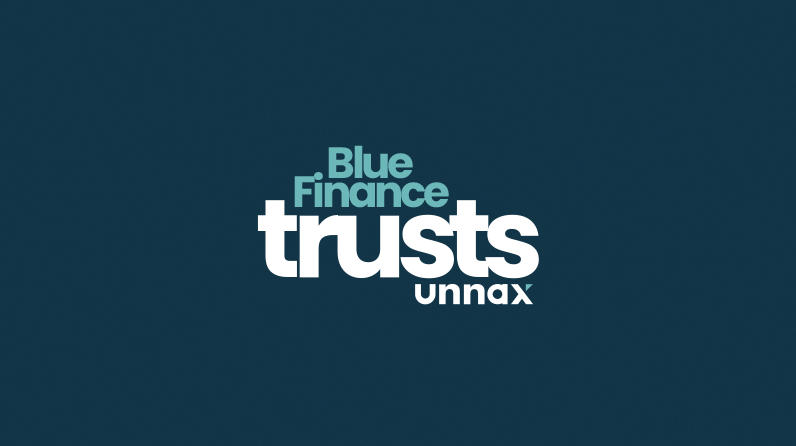Habits are notoriously hard to change. However, due to the rapidly-spreading Coronavirus, people across the globe are quickly developing new routines to stay healthy and stop the spread of this virulent threat. While we at Unnax cannot speak for society as a whole, as participants in the financial services industry, we can’t help but think about the behavioral changes people could be making in the way they interact with money. Taking action now could help curb the Coronavirus crisis.
Payments are at the heart of the financial services industry. Considering that many traditional payment methods involve dirty surfaces and hand-to-hand contact, could promoting contactless transactions help contain the spread? If so, how can industry stakeholders foster the habits to get there? What other side benefits could contactless payments bring? Here’s our take.
To be clear, we’re not cheering for disruption coming from a lethal threat to humanity, far from it. We would love nothing more than to see a return to normalcy with minimal human suffering and impact on the global economy. But we strongly believe altering payment habits could help prevent the spread of the virus and that this is a topic worth discussing.
The unprecedented habit changes sweeping the planet
As any behavioral scientist will tell you, behavior shifts come from either new or re-programmed habits. Routine is so hardwired into our minds that we can live most of our lives on autopilot. The impact of habits on our lives are well-documented, with ample research for both scientists and the business-minded alike.
Best-selling author Charles Duhigg’s 2012 book The Power of Habit covered the extensive psychology behind habits, how they form, and how we build them. In short, he explained how habits result from a cycle of cues, rewards, and new routines. Elsewhere, in his book, Hooked, entrepreneur and design guru Nir Eyal further expanded on this theme. As he laid out, companies that find the most success are the ones that build habit-forming products.
Now, let’s take these concepts in the context of the Coronavirus crisis. Health and government officials are, amongst other measures, fighting desperately to change our hygiene habits. For them, the stakes couldn’t be higher: either get people to change their habits for the better or risk the virus crisis spiralling further out of control.
The advice coming from experts focuses on seven main points:
- Wash your hands frequently (and for at least 20 seconds);
- Avoid passing on germs by sneezing or coughing either into your flexed elbow or into a tissue (then throwing it immediately away);
- Don’t touch your face with unwashed hands;
- Stay home if you are ill;
- Avoid people who are sick, sneezing and coughing; keeping a distance of at least 2 meters
- Clean and disinfect surfaces and objects that people frequently touch;
- Only wear a face mask if you have respiratory symptoms or are caring for someone who has them.
All but the last point centers around habit changes. If we apply the “cue, reward, routine” model laid out by Mr. Duhigg, then we could say that the:
- Cue is: “I should practice more rigorous hygiene habits because of a serious health risk.”
- Reward is: “I help prevent contagion to both myself and others.”
- Routine is: “I’ve now internalized better hygiene habits and situational awareness.”
As people become more conscious about what they touch and their surroundings, these habits should (hopefully) feedback into each other by creating more hygienic routines, stopping the spread in the process.
Hard currency and POS terminals: a germ’s best friend
Where do payments fit into the hygiene habit equation? As we all know, money changes hands billions of times a day. While many B2B payments clear via wire transfer or SEPA, the vast majority of retail payments happen in physical shops. In fact, according to Digital Commerce 360, in-person payments accounted for nearly 84% of global retail sales in 2019. Here, consumers have two ways to pay for their purchases: cash or via a POS payments terminal.
Cash is notoriously filthy. Hard currency changes hands frequently, and almost always between unclean hands. Granted, the lifespan of some germs can be short. However, in many fast-moving businesses such as food, cash changes hands faster than the time it takes for many microbes to die. If that wasn’t enough, infected cash makes contact with clean bills and coins while inside the till.
For the Coronavirus crisis, the fear is real. Business Insider recently reported how cash in general and coins in particular act as a magnet to infectious diseases. In other words, consumers paying cash are helping to propagate the virus even if they otherwise practice social distancing.
POS terminals also have hygiene issues. For one, researchers at the American National Institute of Health believe that plastic can hold the virus for up to 72 hours. Practically every POS terminal is made of plastic, including the buttons for PIN code and data entry, making them prime sources for contamination.
Further adding to the POS terminal problem are the cards themselves. In August 2018, creditcards.com and the University of Texas at Austin published a study on germs and payment cards. The results were stunning. Not only do plastic payment cards attract microbes, but they also contain more bacteria than cash. Looking at the contact payment process with POS terminals, this finding is not at all surprising.
Contact payments require that the card either go into a chip-reading slot or through a magnetic swipe reader. During this process, the card touches both plastic and metal inside the POS terminal, passing pathogens between the two. Meanwhile, the user might have to enter their PIN code using the plastic buttons on the surface. In places like the United States, the POS terminal could require the cardholder’s signature, requiring him or her to either touch the screen or a shared plastic pen.
Further, depending on the terminal setup, the merchant might have to manually key the payment amount on the reader, spreading their germs to the buttons and interface. Once the card comes out of the reader, the user takes it with his or her fingers – the same ones that just touched the buttons – and puts it back in their wallet or pocket.
In that short interaction, germs spread from person to person via a payment terminal and credit card. Repeat this step many times a day per terminal, and it becomes frightening how quickly contact payments and physical cards can spread germs.
Thankfully, there is a better and ‘healthier’ alternative: contactless payments. These allow users to pay with a card without making contact with germ-ridden POS terminals. Given the health benefits of using contactless payments over traditional methods, shifting consumer habits to the former to fight the Coronavirus should be a no-brainer.
The habit-inducing changes for encouraging contactless payments
Building new habits to encourage contactless payments and stop disease spread will require broad initiatives. These changes will need to come from all sides of the payments sphere, including merchants, PSPs, and government regulators. Here are the four habits we believe will foster more contactless payments, helping to prevent the spread of bacteria and viruses.
Lower contactless transaction fees to incentivize merchant adoption
Card payments cost merchants money. By law in the EU, merchants must absorb this cost for B2C transactions. In many cases, retailers will put a minimum purchase amount before accepting any card payments, let alone contactless ones. This reliance on a minimum card amount forces them to handle hard currency, putting workers at a higher risk of infection.
To encourage contactless payments, banks and PSPs should lower the associated transaction fees. This incentive should permit merchants to lower their card acceptance threshold. In turn, they will execute more card-driven transactions, helping buffer the revenue lost by banks and PSPs from lower fees.
Traditional banks would be wise to take note of the threat, as alternative payment methods, such as contactless smartphone payments (see below), can potentially remove them from a lucrative revenue stream.
Adding more cards to mobile payment wallets & accepting POS contactless transactions from more providers
Apple, Google, Samsung, PayPal, and a countless number of banks and other companies have all ventured into the mobile payments space. These apps let users link smartphones to a payment card or bank account of their choosing. Once connected, they can make retail purchases directly from their phone via an app.
For consumers, the benefit is clear: no need to fish out your card from your wallet. Instead, pull out your phone and swipe it over the POS terminal. That’s it. It sounds great in theory, but in practice, there are still some hurdles blocking mass adoption.
First, mobile wallets cannot connect to every bank. Second, not all payment terminals accept every mobile wallet. Together, these two factors prevent consumers from building the habit of paying by phone at the register.
To overcome these barriers, banks should quickly expand the number of mobile wallets users can link their accounts to. Likewise, banks and POS terminal providers should ensure their merchants have terminals that can accept as many mobile payment wallets as possible. Further, these terminals should minimize the need for PIN validation, reducing even more friction and spreading mobile payment adoption
Encourage consumers to use contactless payments through marketing and awareness campaigns
To help stop the spread of the Coronavirus, banks and card issuers need to actively encourage cardholders and clients to make more hygienic payments, with a heightened focus on contactless methods. The marketing campaign could follow the habits loop outlined above, with a cue along the lines of “a healthier way to easily pay.”
The reward phase could be anywhere between an encouraging push notification or, more drastically, giving the user monetary compensation for completing x number of contactless payments. Mobile payment apps could follow a similar strategy, using push notifications to espouse the hygiene of contactless payments, or by rewarding users with credit. The reward amount doesn’t have to be huge. However, it does need to be engaging enough to build a new routine with the end-user.

Banco Sabadell is already advising customers per email to ditch cash payments to stop the spread of the Coronavirus
In Spain, we are already seeing banks take this initiative by asking customers to make card payments over cash as a way to prevent the spread of the Coronavirus. Further, as of this writing, consumers in one of the most notoriously cash-friendly countries in Europe are quickly adopting contactless payments. This mass acceptance shows that user payment habits are more malleable than ever before. We believe that they should go a step further and promote contactless functionality, as a matter of health and for fighting this outbreak.
Governments and regulators should also get in on the act.
Right now, many government regulators put a hard cap on the transaction amount before the consumer must enter their PIN code for a contactless transaction. This limit can discourage users from using contactless methods since, when prompted to enter their PIN, they follow the same steps as a contact payment. Since governments are now strictly limiting the movement of people to only necessary trips for essentials, consumers are spending more per purchase.
Removing or increasing the PIN cap will keep individuals’ fingers off likely contaminated terminals and help stop the spread of Coronavirus and other diseases. In some European countries, regulators are already raising the cap. We believe that more should follow suit, perhaps at the guidance of the ECB. Additionally, governments should also promote the removal of this cap as part of their public service announcements about the outbreak. In turn, contactless payments will become more frictionless, pushing consumers towards them.
As a side note, governments have more than a health incentive to encourage more contactless payments. Handling and managing hard currency is costly for the state. Additionally, electronic payments provide traceable records, making tax capture more effective. With so many benefits on the table, government regulators should act now to enable more contactless payments.
Conclusion
Contactless payments have the potential to change more than just the payments industry. Right now, in a period of unprecedented disruption and volatility, habits are radically shifting. Getting consumers to think about the link between payments and hygiene will be a crucial part of winning this battle. Perhaps this is the moment where the way we interact with financial transactions shifts alongside a new awareness of public health and pathology. Only time will tell.
Above all, though, please follow the guidelines of both health officials and your local government. These are trying times, but if we’re to get back to business as usual, we’re all going to need to make sacrifices right now. As soon as we do, we can go back to shopping, and paying for our purchases, without making contact.







